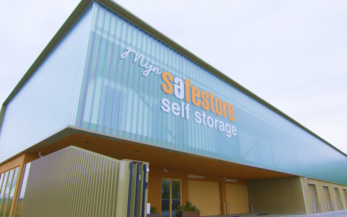13 minutes02/17/2021
Did you know that the volume of mistakes reported is a key success criterion? The more mistakes a team reports, the more successful a team will be.
Amy Edmondson, Novartis Professor of Leadership at Harvard Business School, is convinced of this and has documented the phenomenon. Edmondson has identified why people in some workplaces have less of an issue admitting to mistakes than those in others. In this context, she refers to ‘psychological safety’ and ‘fearless organizations’ as key success factors.
But what exactly is psychological safety? One thing is clear: Admitting to mistakes presents an interpersonal risk that people seek to avoid out of fear of negative consequences. Admitting to a mistake is often seen as making you vulnerable and susceptible to attack. This is why many people tend to hide their mistakes and near misses, sweeping them under the rug. It is therefore incumbent on companies to provide the safety people need, guaranteeing that employees can report mistakes without having to fear negative consequences such as being exposed, humiliated, excluded or patronized. Ideally, admitting to a mistake should be applauded as a courageous act and trigger a collective improvement process.





